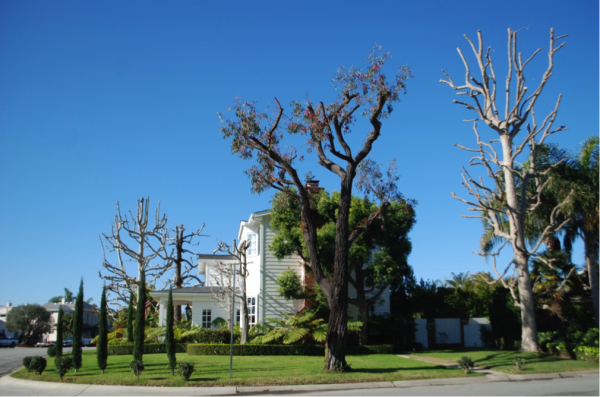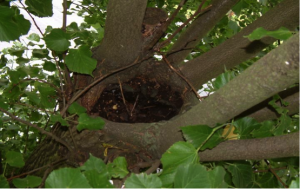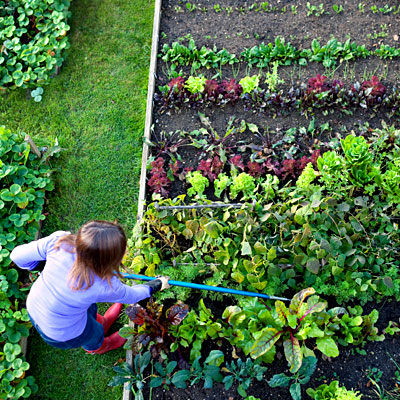The High Cost of Cheap Water
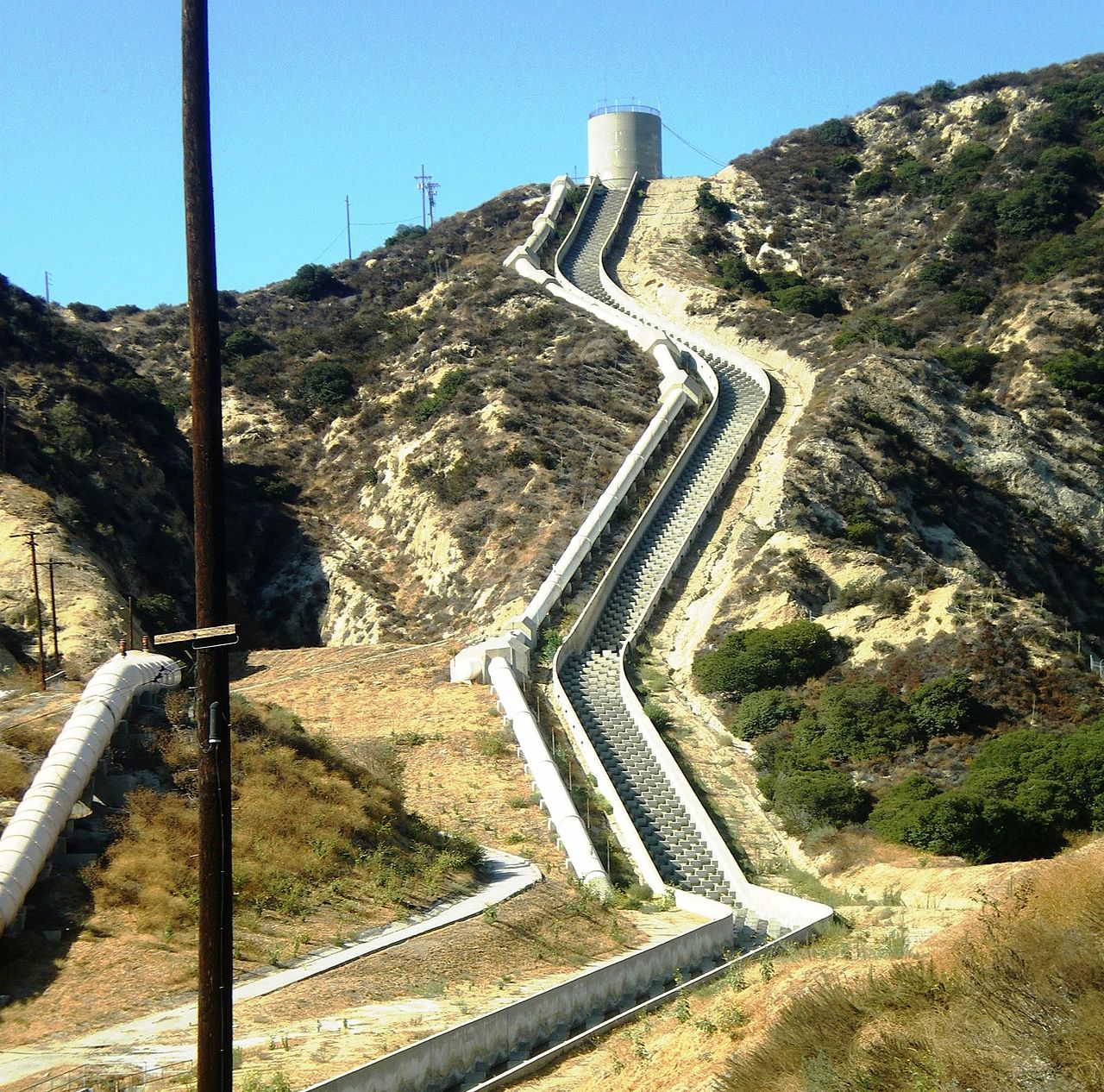
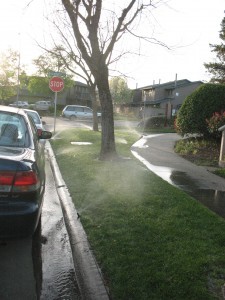
I just realized that I graduated from College almost a quarter of a century ago. When I was in school the importance of saving water was pounded into our head like a faint constant drum beat. So many classes and so much information with a constant thread of the importance of learning to live within our means with water. The most relevant sustainable issue in Southern California was water conservation. The most important one for a growing global society was energy. I felt like we were going to be the ones that changed it all.
Its 25 years later and so little has changed. Last night on the news they said we are at 38% of our yearly average rainfall totals and I thought to myself rarely does it rain past April 15th. We have been in a drought so long it isn't really a drought anymore - it is just a new normal. We seem to be insulated from reality. The infrastructure in place bringing water from 7 states away along with from the northern part of our own state protect us from what is really going on at home.
Here are a few facts.
- 22% of the total energy used in Southern California is spent bringing water to our taps.
- Of the water we use at home 60% at least is used outside.
- Of that 60% half of it is wasted (1/3 of all the water we use) and some becomes run-off
- Residential runoff from over watering is the biggest contributor to local costal pollution
- Of the total square footage in our outdoor spaces 70% is covered with lawn.
- A lawn needs 48" of water per year to keep it alive which is 4 times our yearly rainfall of 12"
These facts alone I feel need to be shouted from the rooftops. The problems get more complicated when we talk about agriculture and the 80% of that imported water that it uses to grow food in a desert. Water agencies and how water is purchased and priced is still foreign to me. All I can focus on as I try to learn these things is how I can affect change at home and at school through our curriculum. How we can focus on that 30% of wasted water. How we can replace lawns with growing food or a "California Friendly Landscape" using Mediterranean plant material. How a landscape using cactus and succulents can be one of the most colorful and interesting landscape choices out there. I can make sure my students understand the importance of an irrigation system that uses the incredibly accurate science available in irrigation technology to put on just the right amount of water on that plant and no more.
The concept of the 2 pictures above was stolen from the lecture of a local water expert on his slide presentation he gave to one of our classes. I think it speaks volumes. The picture on the left is water being pumped over the mountain range into the LA basin over 4,000 feet. The second is the wasted water as run-off running down the street to the ocean. The water traveled so far using so much energy to be wasted in a place that can't afford to waste.
I guess I can keep beating that familiar drum.

 Rick Harlow
Rick Harlow